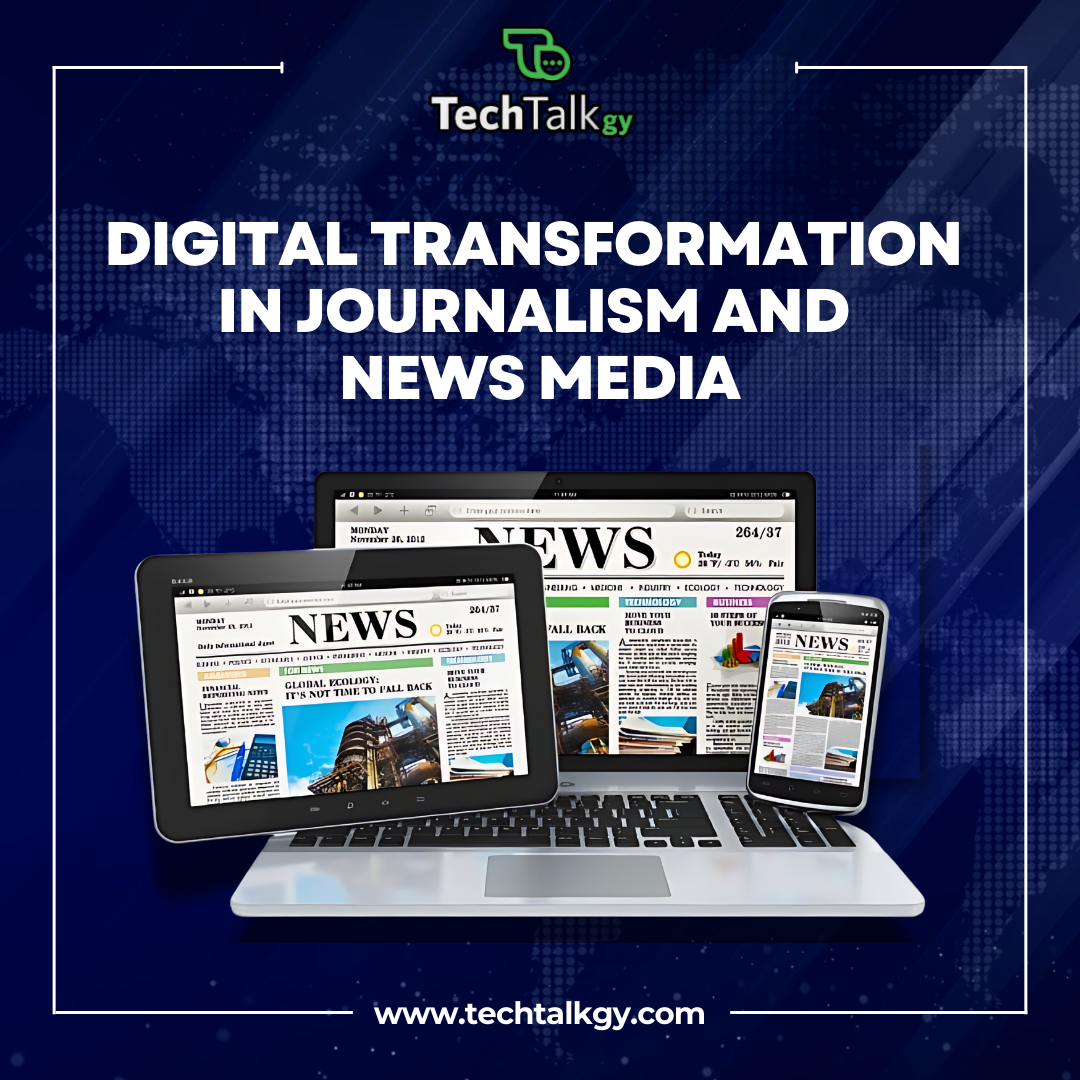The landscape of news media is undergoing a profound transformation, driven by rapid advancements in technology and evolving consumer behaviors. While print media retains its historical significance and dedicated audience, the shift towards digital platforms is unmistakable. This article delves into the innovations and trends reshaping the future of online news, focusing on content consumption and marketing, and highlighting how technological advancements are crafting a new era for news dissemination.

The Shift from Print to Digital
Print media, with its rich legacy of journalism, has long been a cornerstone of information dissemination. However, the digital revolution has ushered in a new paradigm, where immediacy, interactivity, and accessibility define the consumption of news. The decline in print circulation is not a dismissal of its value but an acknowledgment of an evolution towards more dynamic and versatile platforms. The transition to digital news is propelled by several factors. Firstly, the proliferation of smartphones and internet access has made news readily available at our fingertips. Secondly, the interactive nature of digital platforms allows for real-time updates, multimedia content, and reader engagement through comments and social sharing. These features cater to the modern reader's desire for immediacy and interaction, which print media, by its nature, cannot offer.
Technological Innovations in News Content
Artificial Intelligence and Machine Learning
Artificial Intelligence (AI) and Machine Learning (ML) are revolutionizing how news content is created and delivered. Algorithms can now generate news articles, summarizing complex data into readable formats. For instance, sports and financial news are often reported using AI, providing timely and accurate updates with minimal human intervention. Moreover, AI-driven analytics enable news organizations to understand reader preferences better, personalizing content to individual interests. This personalization enhances user experience, ensuring that readers are presented with news that is most relevant to them, thus increasing engagement and loyalty.
Augmented Reality (AR) and Virtual Reality (VR)
AR and VR are emerging as powerful tools for immersive journalism. These technologies enable readers to experience news stories in a more engaging and interactive manner. For example, a VR tour of a war-torn region or an AR-enhanced visualization of climate change impacts can provide a deeper understanding and emotional connection to the story. Such immersive experiences are transforming how stories are told and consumed, making news more impactful and memorable.
Blockchain for Credibility
In an age where misinformation is rampant, blockchain technology offers a solution for verifying the authenticity of news. Blockchain can be used to create a transparent and immutable record of news content, ensuring that the information is accurate and has not been tampered with. This technology not only enhances credibility but also builds trust with the audience.
Marketing in the Digital Age
Social Media and Influencer Collaborations
Social media platforms have become pivotal in the dissemination and marketing of news content. News organizations leverage platforms like Twitter, Facebook, and Instagram to reach broader audiences and engage with readers in real-time. The use of social media not only amplifies the reach of news stories but also fosters a community of informed readers who can discuss and share content. Collaborating with influencers is another innovative marketing strategy. Influencers, with their large and engaged followings, can effectively promote news content, driving traffic to news websites and increasing readership. This approach taps into the trust and rapport influencers have with their audiences, making the news more relatable and accessible.
Subscription Models and Paywalls
As ad revenue fluctuates, many news organizations are turning to subscription models and paywalls to sustain their operations. These models offer exclusive content to subscribers, ensuring a steady revenue stream. By providing high-quality, in-depth journalism that is not available for free, news organizations can attract readers willing to pay for reliable and comprehensive news coverage.
The Future of Online News Media
Looking ahead, the future of online news media is poised to be shaped by continued technological innovation and adaptation. The integration of AI, AR, VR, and blockchain will further enhance the creation, delivery, and credibility of news content. Personalized news feeds, immersive storytelling, and secure information will become the norm, offering readers an enriched and trustworthy news experience. Moreover, as digital platforms evolve, so too will the strategies for marketing news content. Social media, influencer collaborations, subscription models, and native advertising will continue to play crucial roles in reaching and engaging audiences.
In conclusion, while print media holds its esteemed place, the evolution towards digital platforms is an exciting journey driven by technological advancements. The future of online news is dynamic, interactive, and personalized, promising a more connected and informed world. As news organizations embrace these innovations, they are not only adapting to the changing landscape but also pioneering new ways to tell stories and connect with readers.
.